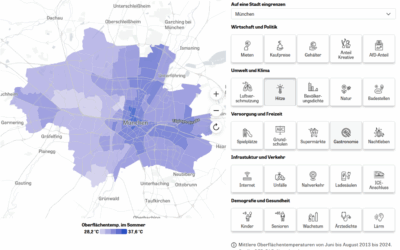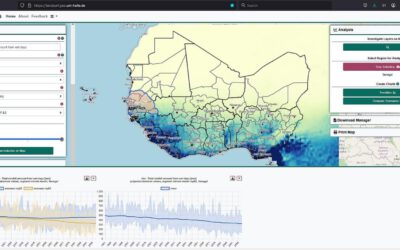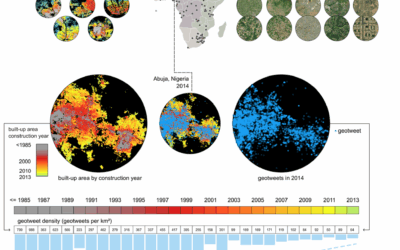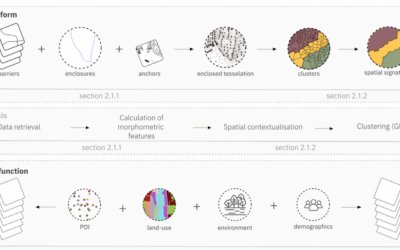New publication on the capabilities of deep neural network regression for digital surface model generation with Sentinel-2 Imagery
Researchers from the Julius-Maximilians-University of Würzburg (from the Department of Computer Science as well as from our Earth Observation Research Cluster) and from the German Remote Sensing Data Center (DFD) of the German Aerospace Center (DLR) teamed up for a study on deep neural network regression for digital surface model generation. The paper titled “Deep Neural Network Regression for Normalized Digital Surface Model Generation With Sentinel-2 Imagery” was just published in the journal IEEE Journal of Selected Topics in Applied Earth Observations and Remote Sensing (JSTARS) by Konstantin Müller, Robert Leppich, Christian Geiß, Vanessa Borst, Patrick Aravena Pelizari, Samuel Kounev and Hannes Taubenböck. The full article is available here: https://ieeexplore.ieee.org/document/10189905
Here is the abstract of the paper: In recent history, normalized digital surface models (nDSMs) have been constantly gaining importance as a means to solve large-scale geographic problems. High-resolution surface models are precious, as they can provide detailed information for a specific area. However, measurements with a high resolution are time consuming and costly. Only a few approaches exist to create high-resolution nDSMs for extensive areas. This article explores approaches to extract high-resolution nDSMs from lowresolution Sentinel-2 data, allowing us to derive large-scale models. We thereby utilize the advantages of Sentinel 2 being open access, having global coverage, and providing steady updates through a high repetition rate. Several deep learning models are trained to overcome the gap in producing high-resolution surface maps from low-resolution input data. With U-Net as a base architecture, we extend the capabilities of our model by integrating tailored multiscale encoders with differently sized kernels in the convolution as well as conformed self-attention inside the skip connection gates. Using pixelwise regression, our U-Net base models can achieve a mean height error of approximately 2 m. Moreover, through our enhancements to the model architecture, we reduce the model error by more than 7%.








